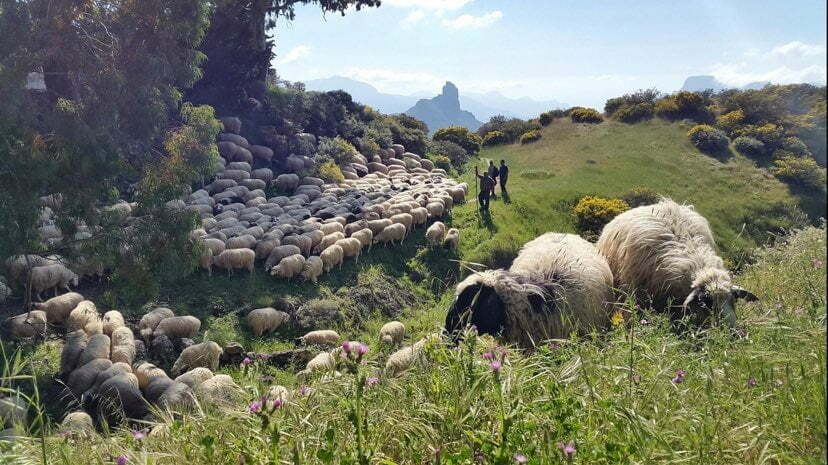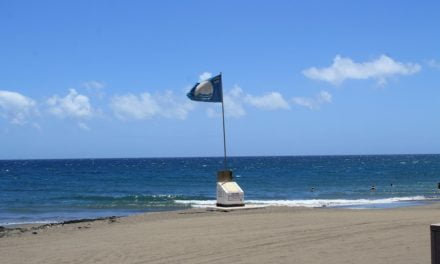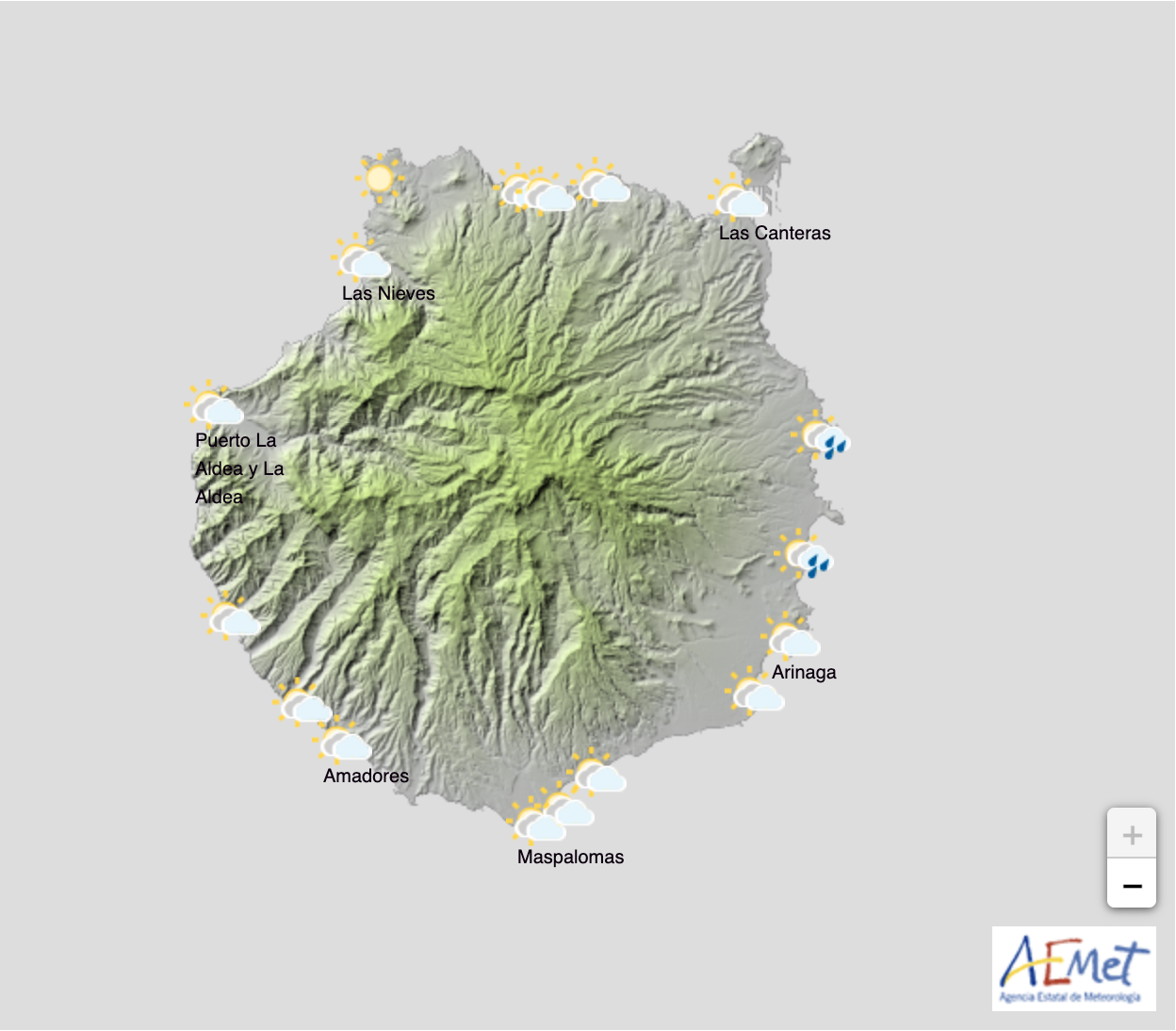The island government, the Cabildo de Gran Canaria, have allocated a budget of one million euros for utilising what they have termed as ‘firefighter sheep’ to help in the prevention of forest fires on Gran Canaria. The money will be used to support shepherds, on the basis that their livestock can be used as an important method of reducing flammable vegetation in the natural environment. GPS systems will be used to monitor flocks and fencing will help to protect repopulations. In addition to flocks and herds clearing an estimated 115 hectares of public lands, training will be provided, for adults and children, on the reality of forest fires on Gran Canaria.
The package of measures was announced this week using a phrase echoed earlier in the month by actual firefighters who posted pictures on social networks to highlight this vital element of fire prevention on the island. The plan will be rolled out over the course of the next year and include other actions in coordination with the island government’s Food Sovereignty policies, aimed at subsidising the cleaning and clearing of debris from around 4,600 “abandoned” private farmlands that occupy 536 hectares in high-risk areas. an especially important measure considering that the most recent large incidents on Gran Canaria started on private lands with enormous accumulations of dead vegetation and dry materials, that literally fuelled the rapid spread of the fires.
Controlled burning and roaming livestock herds are two of the main tools in fire prevention on Gran Canaria, for this reason the Cabildo has allocated a sum of €332,000 to incorporate sheep herds as allies in the official prevention measures, so that the herds can be strategically deployed to graze in high-risk areas, indicated by the administration, and participate in the creation of firewalls, a job that will be monitored using 70 geolocation devices.
 • The provision includes boundaries created using 7,000 stock trees to make areas compatible with grazing
• The provision includes boundaries created using 7,000 stock trees to make areas compatible with grazing
• Livestock will be monitored using 70 GPS devices
• A popular 136 page comic book, by local illustrator J. Morgan, and published last year by the Cabildo, will be reissued and distributed at more than 100 workshop talks about forest fire risk areas
 The Cabildo has authorised 50 shepherds, tending to 7,000 head, to graze on nearly 3,500 hectares of public land designated Zones of High Risk of Forest Fire (ZARI), as well as another 2,000 hectares of private land, also in the areas of risk, totally 5,500 hectares of grazing lands that are either difficult or near impossible to reach in the event of a fire. The reduction of the vegetal load will help facilitate the tasks extinguishing fires that could occur
The Cabildo has authorised 50 shepherds, tending to 7,000 head, to graze on nearly 3,500 hectares of public land designated Zones of High Risk of Forest Fire (ZARI), as well as another 2,000 hectares of private land, also in the areas of risk, totally 5,500 hectares of grazing lands that are either difficult or near impossible to reach in the event of a fire. The reduction of the vegetal load will help facilitate the tasks extinguishing fires that could occur
The Cabildo and local shepherds signed an historic agreement in 2018 to work together in the fight against forest fires by providing this important environmental service for which the pastors also receive a direct payment of between 40 and 180 euros per hectare, depending on the distance of moving their herd, the type of vegetation –such as reed beds in ravines-, and the strategic importance of the place.
Controlled grazing is, in addition to being effective, an economic and ecological tool for the prevention of large forest fires, which are too often rooted in the excessive accumulations of dried vegetative debris resulting in the progressive abandonment of the more traditional rural life. This measure also has the advantage of contributing to the survival of grazing and the primary sector, necessary to create mosaic landscapes, which are seen as the true shields against forest fires.














